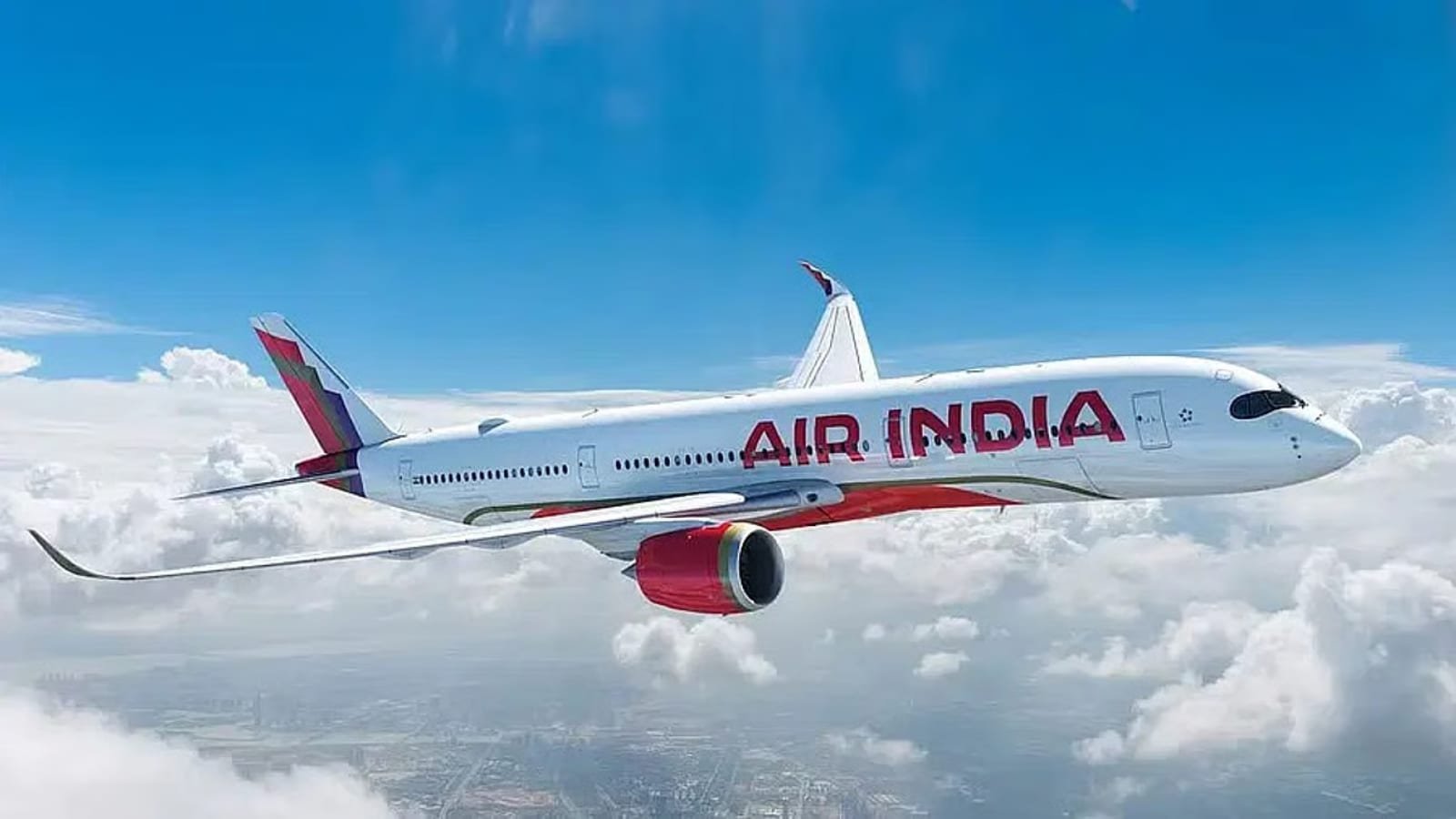Flight Attendant Brace Position: In the shocking incident, a Boeing 787-8 Dreamliner heading from Ahmedabad in Gujarat to London crashed shortly after take-off. Flight AI171 was carrying 242 people, including two pilots and 10 cabin crew members. As investigations begin into the cause of the incident, attention is also being drawn to the crucial safety protocols followed by cabin crew during such critical phases of flight.
Have you ever noticed a flight attendant sitting upright with their hands tucked under their thighs during takeoff or landing? It may look unusual, but this posture is part of a strict safety rule known as the “brace position.” Since takeoff and landing are statistically the most dangerous parts of any flight, cabin crew adopt this position to minimize injury and stay prepared to act swiftly in case of an emergency.
At first glance, it might appear to be a nervous habit or a relaxed sitting style. However, this carefully trained posture plays a critical role in aviation safety, helping prevent serious injuries and enabling cabin crew to spring into action the moment the aircraft comes to a stop.
Why Brace Position Is Crucial?
The concept is straightforward but crucial: in emergency situations, loose limbs can become dangerous. By sitting on their hands with feet flat on the floor and backs upright, cabin crew prevent their arms from flailing during sudden movements, lowering the risk of fractures, dislocations, or head injuries.
This position isn’t just for their own protection. Flight attendants must be ready to act immediately once the aircraft stops. Whether it’s opening emergency exits, deploying slides, or helping passengers evacuate, their quick response can save lives.
In short, flight attendants are not just there to serve refreshments—they are highly trained safety professionals, constantly alert and prepared to respond in critical moments while keeping passengers calm and safe.
What’s Safest Position For Passengers While Flying?
An aviation safety expert emphasized that the safest position for passengers is to remain seated with their seat belt securely fastened. In the event of turbulence, travelers are advised to keep both feet flat on the floor and hold onto their seat or armrests for stability. Adding further, the advisory comes amid growing concerns over in-flight injuries caused by unexpected turbulence. Airlines are also urging passengers to comply with seatbelt signs, even when the ride seems smooth.
#Ahmedabad #Air #India #Plane #Crash #Flight #Attendants #Sit #Hands #Takeoff #Landing #Real #Reason #Mobility #News



